You know your business needs a solid website with a strong blog to:
- Improve your SEO for better online visibility
- Demonstrate your expertise
- Increase engagement with your clients and prospects
- and build your email list
And while you’re blogging to increase business, you might as well turn your blog into its own entirely separate stream of income, right?
We previously discussed 4 key ways to make money blogging about real estate. 1 of those 4 ways to make money from your blog was to use ads. Which naturally begs the question, exactly how do I publish ads on my website?
So that’s what we’ll look at today. I’ll show you 3 easy ways I publish ads on my websites, so you can use them to monetize your own site.
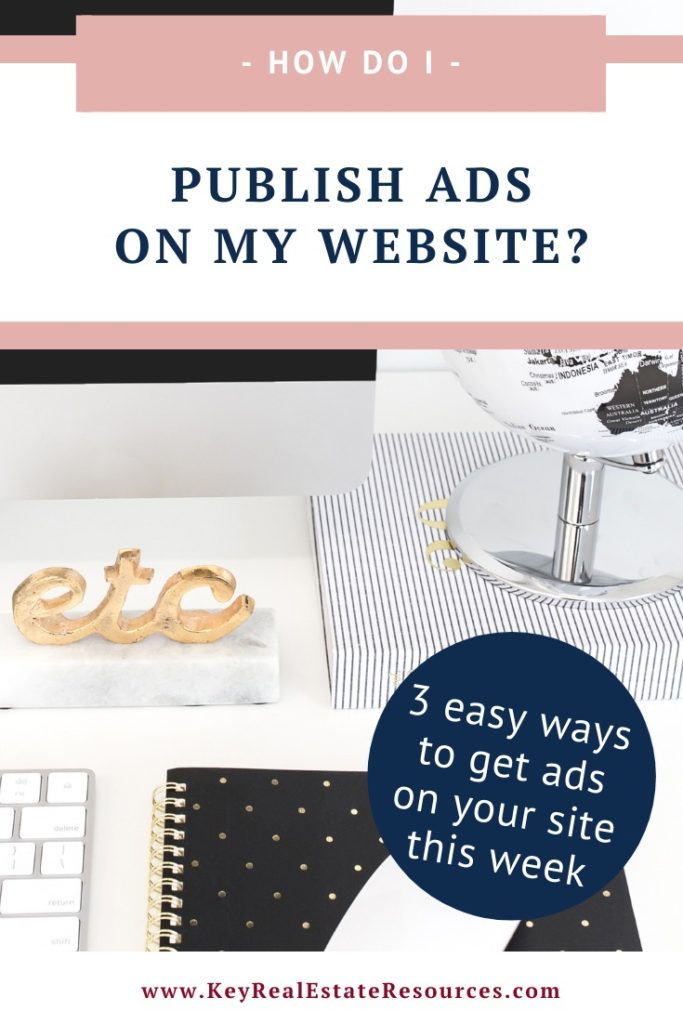 https://keyrealestateresources.com/wp-content/uploads/2018/03/how-do-i-publish-ads-on-my-website_-1.jpg
https://keyrealestateresources.com/wp-content/uploads/2018/03/how-do-i-publish-ads-on-my-website_-1.jpg
2 quick caveats before we jump in:
- Consider whether ads are right for your brand. Generally, the public expects to see some level of advertising on websites and won’t be put off by an ad or 2. Especially on your blog posts (as opposed to the main pages of your site). But you need to at least ask the question, “if I publish ads on my website, do I risk turning off valuable potential clients?” If you’re on the fence, I recommend posting a few ads while your traffic is still fairly low. As new readers find you, they probably won’t think much about the ads. But if you were to grow an audience without ads, it would be a bit jarring for them to suddenly see ads where there were none before.
- You won’t make much money from ads if you don’t have a large number of viewers. Starting ads is more about laying the groundwork for later when you have grown your audience and have more traffic to your site.
With that, let’s jump into our 3 ways to publish ads on your site.
Google AdSense
We’ll start with Google AdSense because it is the quickest and easiest way to publish ads on your site. See, Google partners with advertisers so you deal only with Google instead of with multiple advertisers on an individual basis. And AdSense tailors the ads to each individual viewer, using each viewer’s Google search history to present ads that appeal to each individual viewer.
You can actually use AdSense a couple different ways. Option 1) you can create individual ad campaigns and insert the ads in specific areas of your site (like the footer, sidebar, or middle of a blog post). Or Option 2) you can use auto ads, which allows Google to insert ads across your site in the places that statistically perform best. With option 2, you can have ads site-wide within the hour!
How do I Make Money from AdSense Ads?
AdSense operates on a CPC (cost-per-click) basis. This means you’ll receive a small commission (between a few cents and a few dollars) every time a visitor to your site clicks an ad.
Warning: don’t click your own AdSense ads or have your friends and family click them. Google will find out (they’re everywhere…), and they will terminate your account immediately.
How Do I Publish Ads on My Website with AdSense?
Here’s how you can add AdSense ads to your website today:
Step 1: Sign up with AdSense
Head to Google AdSense, click to sign up, then follow the prompts. Helpful hint: using your Gmail email address will make the sign-up process just a touch easier. Then you can just log into your Gmail account to access your AdSense account.
Step 2: Choose your ads
From your AdSense Home page, go to “My Ads”. From there, you can choose “auto ads” for a quick and easy way to publish ads on your site.
Then select the type of auto ads you want to be displayed. A few tips for choosing your auto ads:
- Choose just 1 of the available auto ad types. Selecting all would completely overwhelm your site with ads.
- Think long and hard before choosing overlay ads. These are ads that pop up over the content on your page and have to be dismissed. They are a nuisance, especially to anyone viewing your site from a cell phone.
- You can see in the screenshot above that I use “Text and Display” to publish ads on my website. Feel free to flip through a few pages and posts on my site to see how the AdSense ads are shown to help decide if that’s a good fit for your site.
If you’d rather have complete control over your ads, instead of clicking “auto ads”, go to “ad units” to create specific, individual ads.
Step 3: Get the code and paste it to your website
Once you select your ads, Google will show you a code. Something like:
Notice in the image above that Google also provides instructions for pasting the code to your website. If you’re a WordPress user (which you absolutely should be; it is the highest-quality content management system available, and it’s FREE! Read more about it on our Resources Page.), you’ll just need to paste the code on your site once using a simple plugin. The AdSense instructions to “insert ad code in your WordPress site” will walk you through it step-by-step.
And you’re done! It might take 10-20 minutes for the ads to actually start displaying. But you now have ads published on your site!
Affiliate Network Banner Ads
Unlike AdSense, which displays ads for anything and everything the individual viewer might be interested in, affiliate network banner ads allow you to promote specific vendors or products. We’ll use Amazon as an example because this site is a proud Amazon affiliate! We use Amazon all the time and confidently recommend Amazon to our audience.
As an Amazon affiliate, we can create banner ads like this one to display anywhere on our site:
There are literally hundreds of affiliate networks to choose from. Some, like Amazon, are specific to that one vendor. Others, like Share-a-Sale, are a network of hundreds of vendors. You usually apply first to join the affiliate network as a whole, then apply to the individual vendors within that network.
The affiliate networks you choose will depend on what you blog about. Real estate agents often blog about home maintenance, staging, DIY renovations, etc. So home improvement stores are a popular option. And Amazon has everything, so they are a natural place to start.
Here are a few affiliate networks for real estate professionals to consider:
- Amazon.com (scroll to the bottom of the page and click “Become an Affiliate” under “Make Money with Us”).
- Home Depot
- Lowe’s
- Share-A-Sale (for home decor like One Kings Lane or for local sports merchandisers like Fanatics)
How do I Make Money from Affiliate Network Banner Ads?
If you click on our Amazon banner above, you’ll be taken to the Amazon homepage. And Amazon will record that you can to their site through this banner from this site.
Most affiliate banner ads require a sale before you earn a commission from your link. So instead of being paid anytime a viewer clicks your link, you’re paid when a viewer clicks your link and subsequently purchases something. For this reason, the commissions are typically higher for affiliate banner ads than for AdSense.
So if you purchase something on Amazon after using the link above, Amazon will give us a small commission (which varies by product; 5-10% is fairly standard for most products on Amazon). That’s one of the ways we make money to support this site and to continue providing high-value, totally free information every week. Side note: 10% of our profits are donated to Habitat for Humanity, so by using our links you’re not only helping support this site, but you’re also helping to provide housing for families in need. And it doesn’t cost you anything! So thank you from all of us for using the links throughout this website!
But back to our main point: you can also become an affiliate and create banner ads to monetize your site. Let’s walk through the steps needed to publish affiliate banner ads on your site.
How Do I Publish Ads on My Website with Affiliate Networks?
Each affiliate program works a little differently, but they all rely on this basic process.
Step 1: Apply to a network
Head to the website you’d like to join as an affiliate and look for a link that says something like “become an affiliate”. It’s often in the homepage footer.
You’ll complete an online application where you enter your website information and some basic information about you and your business. Most programs don’t have specific traffic requirements. So you can still be approved if your site is brand new. You just need to make sure your site is live (not showing an “under construction” screen) and has some content (multiple pages and a few blogs posts) so the affiliate program can firm that you’re a legitimate site.
The few that do have traffic requirements will state that before you go through the application process.
You should be notified of your approval within 48 hours.
Step 2: Apply to a specific program within the network if necessarily
If you’re applying to a network of vendors (like Share-A-Sale), you’ll need to apply to the vendors individually. They may or may not have individual traffic requirements. Some vendors take up to a week to approve affiliates. Watch your email!
Step 3: Generate your banner ad
Again, each affiliate network has their own interface for managing your affiliate links and banners. Just look for “banners” for the vendor you’d like to promote. Most will have a variety of banner ads for different areas of your site. In addition to our wide Amazon banner above, which is great for using mid-blog-post or in the footer section of your site, most affiliate networks offer:
Tall banners, perfect for your sidebars:
Boxy banners that show up well on mobile devices:
And giant square banners to grab attention and break up the test of a blog post:
You’ll either see a section of code that contains the tracking ID for your account, or you’ll see a button that said something like “generate code” or “generate ad”.
The code will look wildly different from 1 affiliate network to the next, but most look something like:
<iframe src=”//rcm-na.amazon-adsystem.com/e/cm?o=1&p=36&l=ez&f=ifr&linkID=aec16c14d70cfa3f7da4b1af113a1068&t=realestate10105-20&tracking_id=realestate10105-20″ width=”600″ height=”520″ scrolling=”no” border=”0″ marginwidth=”0″ style=”border:none;” frameborder=”0″>
Step 4: Insert your banner ad on your site
Now you simply need to copy that code and paste it in the appropriate section of your site.
To publish the ad inside a blog post like my Amazon ads above, you’ll probably need to switch from your “visual” editor (where you normally draft your blog posts) to your “text” or “HTML” editor (which records all the coding for your blog text, like how to format headers).
And you can publish ads in the sidebar, header, or footer by going to your “widgets” area and inserting a text or ad widget.
Quick Notes on Affiliates
Once you’re approved as an affiliate, not only can you create banner ads, but you can also insert affiliate links throughout your website. They essentially work the same way as your banner, but instead of displaying a big banner, your site will display a less invasive link to the product you’re promoting. Just make sure you disclose your affiliate links at the beginning of each post and in accordance with your specific affiliate program.
Oh, one last thing: as with AdSense, don’t use your own affiliate links when purchasing products or services online. It typically violates the terms of your affiliate agreement and results in termination of your account.
Posting Custom Ads for Local Vendors
The last way of publishing ads we’re covering today is posting custom ads for local vendors. Real estate is a local business, and you may have some mom and pop businesses (electricians, plumbers, cleaning services, painters, landscapers, etc) that are willing to pay for ad space on your site, since your content reaches an audience that could be future customers for these local businesses.
You won’t actually see any custom ads for local vendors on this site because this audience is national. And at a national level, AdSense and Affiliate networks are more effective. But they look just like any other banner ad. The real difference is how you’ll make money from them.
How do I Make Money from Custom Ads for Local Vendors?
Now, these local vendors probably won’t have the technology to monitor clicks or sales gained from your site, specifically. So instead of getting paid a commission on a click or a sale, you would charge a flat monthly advertising fee. The fees would vary by size and location of the ad and would depend on how much traffic you get on your website. More eyeballs on your site means more potential clients for your vendors, which means more advertising income for you.
This flat fee structure is great in terms of guaranteed passive income generated by your site. But it also takes more legwork to find advertisers, and time to convince them to advertise on your site. So it’s easy to publish the ads, but a little harder to find the vendors willing to pay for them.
How Do I Publish Ads on My Website for Local Vendors?
Here’s the basic process for publishing vendor ads on your site:
Step 1: Pitch your ad space to potential vendors
Make a list of local vendors who could benefit from advertising on your site. Maybe you have a blog category for lawn improvement and maintenance. That would be the perfect place to match a local lawn care company with the local homeowners who read those posts on your blog!
When you reach out to these vendors, be prepared to share your traffic numbers. Most vendors will naturally want proof of the size of your audience before they will pay to advertise on your site. To present yourself as an experienced promoter, consider creating a media kit to professionally display your site stats and your value to potential ad space clients.
Ad space rental rates will vary by local market, but here’s a good starting point:
The monthly ad rate = your daily traffic / 10.
So if you receive 500 visitors per day, you could charge $50 for a basic banner ad. Then you could ad premiums to this base rate for larger ads or ads with more prominent placement.
Step 2: Get the ad from your vendor and post it
To keep the technology simple for all parties, your vendor could simply provide you with an image file (.jpg or .png) for the ad they’d like displayed.
Then you add the image to your site in almost the exact way you’d add any image to your site. The only difference is that you would need to link the image to your vendor’s website. All website builders and content management systems have a way to add a URL to images so when the user clicks the image, they will be directed to that URL. Make sure you test the ad once it’s published. Click the ad to make sure you’re directed to the vendor’s site as expected.
Get a Small Win
Great victories are made possible by small wins. Before you move on with the rest of your day, get a small win!
Today’s small win challenge is to complete Step 1 of any of our 3 methods to publish ads on your website. Bonus points if you can actually get an ad posted today. Leave your website URL in the comments so we can check out your newly monetized blog!


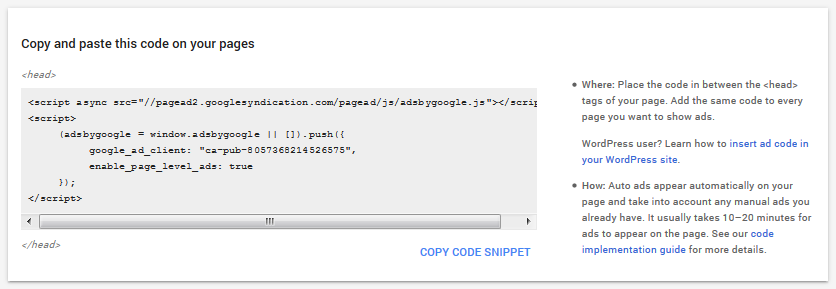
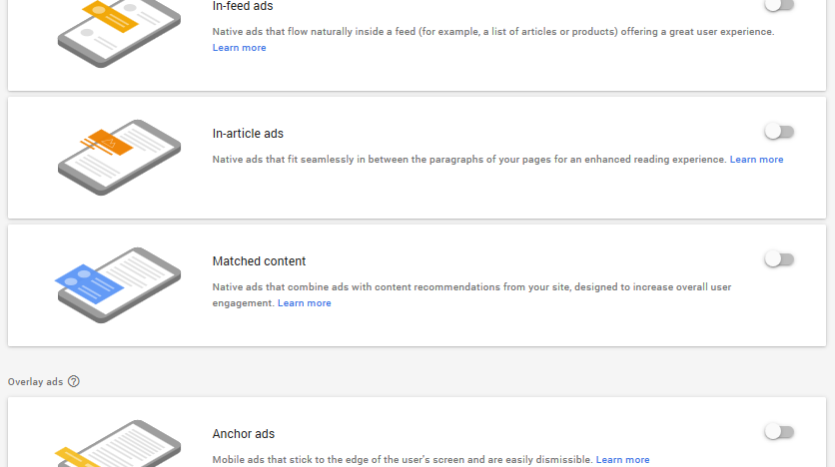
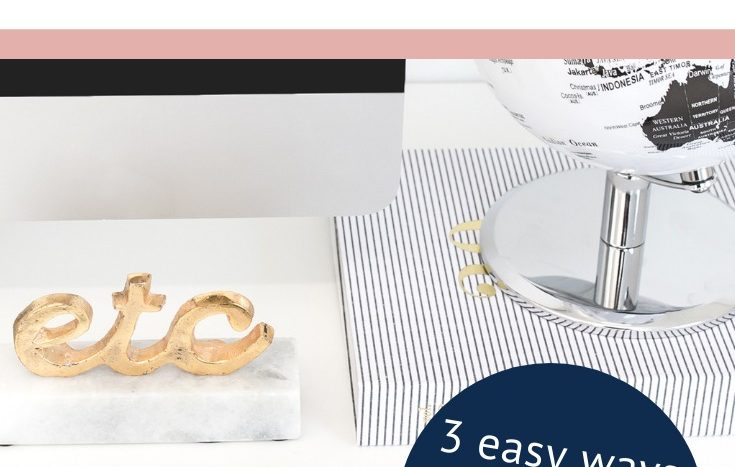




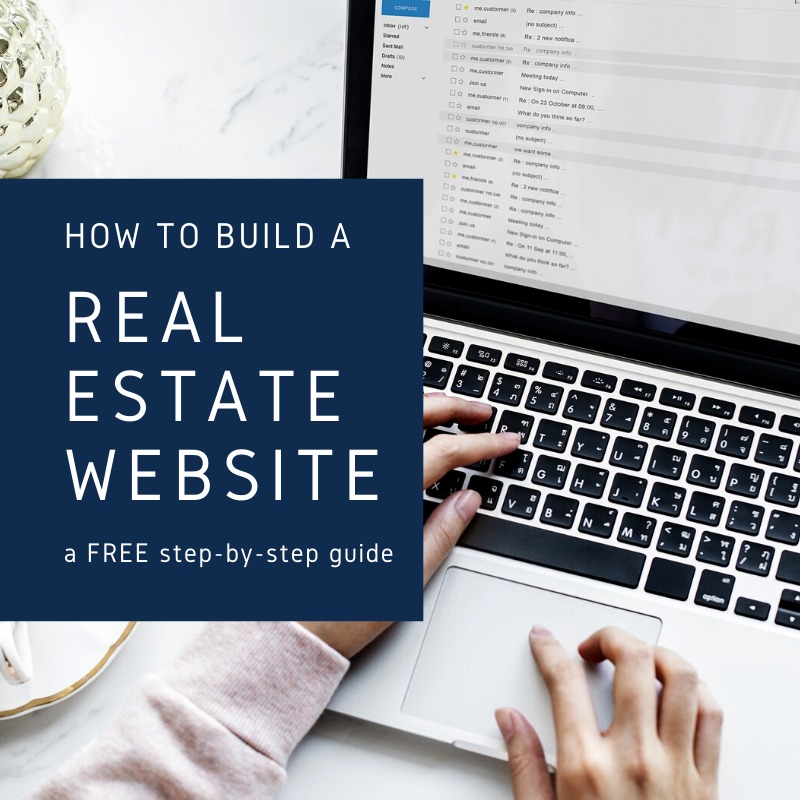


Excellent article! We are linking to this great
article on our site. Keep up the great writing.
Fine info, Many thanks!